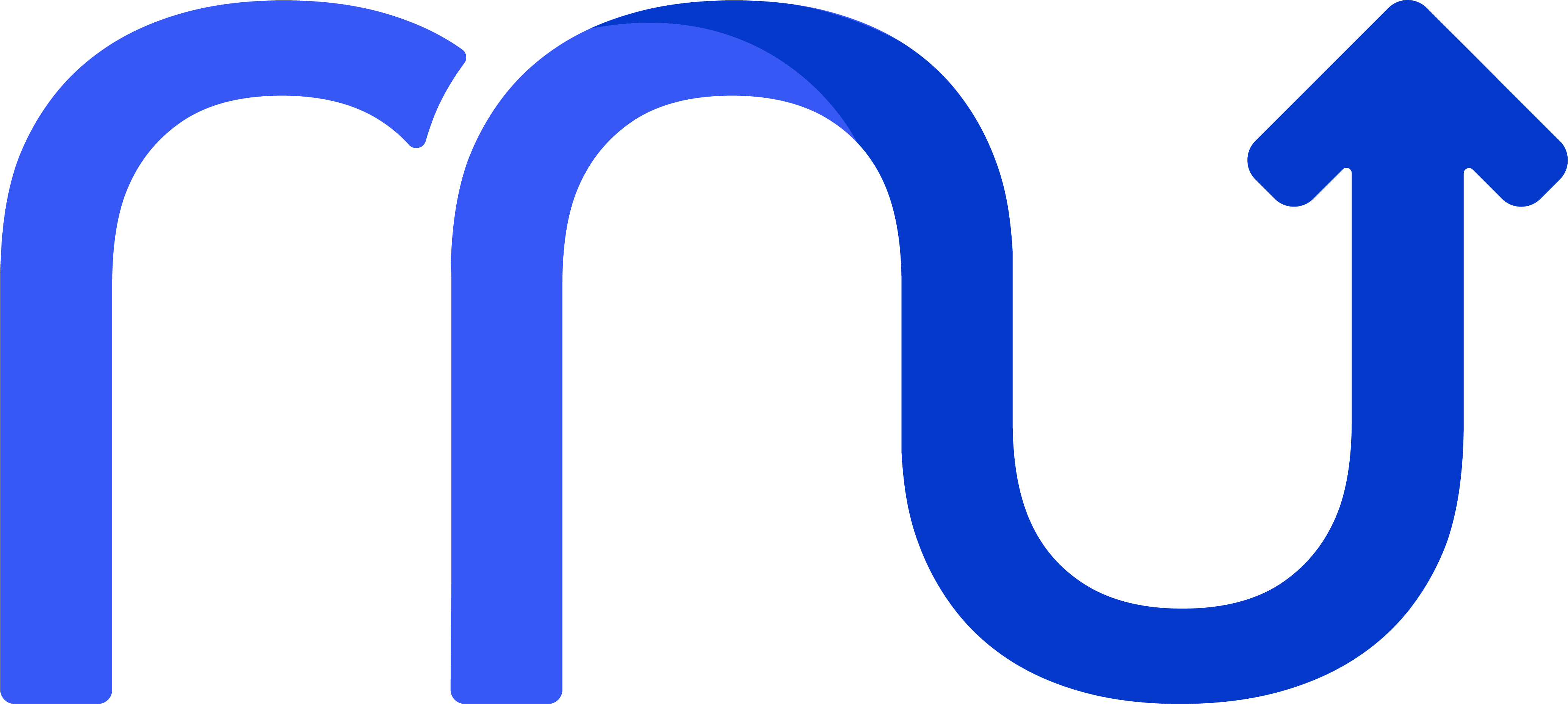Blockchain Revolution: Transforming Industries Beyond Cryptocurrency
The blockchain revolution is here, and it’s reshaping the landscape of various industries beyond just cryptocurrency. While Bitcoin and other digital currencies put blockchain technology on the map, its applications extend far beyond. This article explores how blockchain is transforming sectors like finance, healthcare, supply chain, and more.
Understanding Blockchain Technology
At its core, blockchain is a decentralized digital ledger that records transactions across many computers. This technology ensures that the data is secure, transparent, and immutable. Unlike traditional databases, a blockchain does not rely on a central authority. Instead, it distributes the responsibility among multiple participants, making it resistant to fraud and manipulation.
The Components of Blockchain
To fully grasp the blockchain revolution, it’s essential to understand its key components:
- Blocks: These are the basic units of data. Each block contains transaction information, a timestamp, and a unique cryptographic hash of the previous block.
- Nodes: Computers that participate in the blockchain network. Each node maintains a copy of the entire blockchain, ensuring redundancy and security.
- Consensus Mechanisms: These protocols determine how transactions are verified. Examples include Proof of Work (PoW) and Proof of Stake (PoS).
- Smart Contracts: These are self-executing contracts with the terms directly written into code. They automate processes and reduce the need for intermediaries.
Applications of Blockchain Technology
While cryptocurrency is the most well-known application, the blockchain revolution offers numerous possibilities across various industries.

1. Finance and Banking
The financial sector is among the first to adopt blockchain technology. It offers benefits such as faster transactions, reduced fees, and enhanced security. Blockchain allows peer-to-peer transactions without intermediaries. This capability can lower transaction costs significantly. Moreover, blockchain enhances transparency in financial records, making fraud detection more efficient.
Cross-Border Payments
Cross-border payments are often slow and expensive. However, blockchain simplifies this process. By using blockchain, banks can process international transactions in real time, eliminating the need for multiple intermediaries. This streamlines the payment process and reduces costs for consumers.
For example, traditional bank transfers can take several days to complete. In contrast, blockchain transactions can be settled within minutes. This efficiency is particularly beneficial for businesses operating internationally, as it accelerates cash flow and reduces operational risks.
Decentralized Finance (DeFi)
Another significant development in the financial sector is the rise of decentralized finance (DeFi). DeFi utilizes blockchain technology to recreate traditional financial systems—such as lending, borrowing, and trading—without intermediaries. Users can interact directly with smart contracts, enabling them to earn interest on their assets or borrow funds with minimal friction.
DeFi platforms operate on public blockchains, allowing for increased transparency and security. This democratization of finance opens opportunities for individuals without access to traditional banking services, fostering financial inclusion.
2. Supply Chain Management
Blockchain technology improves transparency and traceability in supply chains. With blockchain, every transaction is recorded and can be tracked by all parties involved. This level of visibility helps businesses verify the authenticity of products.
Enhanced Traceability
For instance, food producers can trace the journey of their products from farm to table. In the event of a food safety issue, they can quickly identify the source and take corrective action. This capability not only protects consumers but also strengthens brand trust.
By utilizing blockchain, companies can ensure that their products meet quality standards. Customers increasingly seek transparency in their purchases, and being able to verify the origin of products boosts consumer confidence.
Case Study: Walmart and IBM
One notable example is the collaboration between Walmart and IBM. They developed a blockchain solution called Food Trust. This system allows Walmart to track food items across the supply chain, reducing the time it takes to trace produce from six days to just a few seconds. This speed and accuracy in tracing can significantly enhance food safety efforts.
3. Healthcare
In the healthcare industry, blockchain can securely store patient records. This technology enables different healthcare providers to access a patient’s medical history while ensuring privacy. By utilizing blockchain, patients have more control over their data, choosing who can access it and when.
Improved Data Security
With blockchain, healthcare organizations can reduce the risk of data breaches. Traditional databases are often vulnerable to cyberattacks. However, the decentralized nature of blockchain makes it difficult for unauthorized parties to alter patient information.
Moreover, blockchain can streamline administrative processes in healthcare. By securely sharing patient data among providers, unnecessary duplicate tests and procedures can be minimized, leading to better patient outcomes and reduced costs.
Clinical Trials and Drug Development
Blockchain can also enhance the transparency of clinical trials. By recording trial data on a blockchain, researchers can ensure the integrity of their results. This transparency fosters trust among stakeholders, including patients, researchers, and regulatory bodies. It also enables easier tracking of drug supply chains, ensuring that medications are safe and authentic.
4. Real Estate
Blockchain is transforming real estate transactions. Buying or selling property typically involves lengthy paperwork and multiple intermediaries. By using blockchain, real estate transactions can become faster and more transparent.
Smart Contracts in Real Estate
Smart contracts can automate various steps in the buying process. For example, once payment is made, ownership can automatically transfer to the buyer. This automation reduces the need for escrow services and legal fees.
Additionally, blockchain can simplify property title transfers. By recording titles on a blockchain, buyers and sellers can verify ownership easily, reducing disputes over property rights.
Tokenization of Real Estate
Another exciting application is the tokenization of real estate. This process involves creating digital tokens representing ownership shares in a property. Tokenization makes real estate investment more accessible, allowing smaller investors to participate in the market. It also increases liquidity, as these tokens can be traded on blockchain platforms.
5. Voting Systems
Voting is another area where blockchain can bring significant improvements. Traditional voting methods are often prone to fraud and manipulation. Blockchain offers a transparent and secure method for casting and counting votes.
Secure and Transparent Voting
Using blockchain, each vote is recorded as a transaction. Voters can verify that their votes were counted correctly, ensuring trust in the electoral process. This capability can encourage higher voter turnout and strengthen democracy.
In regions with high electoral fraud rates, blockchain-based voting systems can significantly enhance confidence in election outcomes. By providing an immutable record of votes, it minimizes the risk of tampering.
Case Study: Voatz
A notable example is Voatz, a blockchain-based voting platform used in various elections, including military voting. Voatz allows users to cast votes securely via a mobile app, enabling remote participation while maintaining election integrity.
Challenges and Considerations
While the blockchain revolution presents numerous opportunities, challenges remain. Here are some key considerations:
1. Scalability
As more transactions are added to a blockchain, scalability becomes an issue. Current blockchain networks may struggle to handle a high volume of transactions. Developing solutions to improve scalability is essential for widespread adoption.
For instance, Bitcoin’s transaction speed is limited, resulting in delays during peak usage times. Various projects, such as Ethereum 2.0 and layer-two solutions like the Lightning Network, aim to address these scalability challenges.
2. Regulation
Regulatory frameworks for blockchain technology are still evolving. Governments worldwide are working to create guidelines that address security, privacy, and compliance. Navigating these regulations can be challenging for businesses looking to implement blockchain solutions.
Clear regulations can help mitigate risks associated with fraud and data breaches. However, excessive regulation may stifle innovation, creating a fine balance that regulators must achieve.
3. Energy Consumption
Some blockchain networks, especially those using Proof of Work, consume significant amounts of energy. This concern has led to discussions about sustainable alternatives. Transitioning to more energy-efficient consensus mechanisms, such as Proof of Stake, can help mitigate this issue.
For example, Ethereum is transitioning from Proof of Work to Proof of Stake, reducing its energy consumption dramatically. This shift demonstrates a commitment to sustainability, addressing environmental concerns associated with blockchain technology.

The Future of Blockchain Technology
The future of the blockchain revolution is bright. As technology continues to evolve, we can expect more industries to adopt blockchain solutions. Collaboration among businesses, developers, and regulators will be crucial in shaping the future of blockchain.
1. Increased Interoperability
Future developments will likely focus on improving interoperability between different blockchain networks. This capability will enable seamless communication and data exchange, enhancing overall efficiency.
Interoperability can break down silos between various blockchain platforms, allowing users to transfer assets and information across different networks. This connectivity is vital for broader adoption and functionality.
2. Enhanced User Experience
As blockchain technology matures, user experience will improve. Simplified interfaces and better accessibility will encourage broader adoption. Making blockchain solutions user-friendly is essential for mainstream acceptance.
Efforts to create intuitive applications and platforms will help demystify blockchain technology. As more users feel comfortable using these tools, the demand for blockchain solutions will likely increase.
3. Broader Adoption Across Industries
We will see increasing adoption across various sectors beyond those currently utilizing blockchain. As awareness grows, businesses will explore innovative ways to implement this technology in their operations.
For instance, industries such as entertainment, insurance, and education are starting to experiment with blockchain applications. This experimentation may lead to groundbreaking solutions that enhance efficiency and transparency.
Conclusion
The blockchain revolution is more than just a technological advancement; it represents a fundamental shift in how industries operate. By offering transparency, security, and efficiency, blockchain has the potential to transform various sectors. While challenges exist, ongoing innovations and collaborative efforts will pave the way for a future where blockchain technology plays a central role in our everyday lives.
Embracing the possibilities of blockchain will not only enhance operational efficiency but also foster trust and accountability in a digital world. As we move forward, the blockchain revolution promises to unlock new opportunities and redefine how we interact with technology.
In summary, blockchain is not just a trend; it is a powerful tool that can reshape the future. By leveraging its capabilities, we can create more efficient, secure, and transparent systems that benefit society as a whole. The journey has just begun, and the potential for innovation is limitless.




